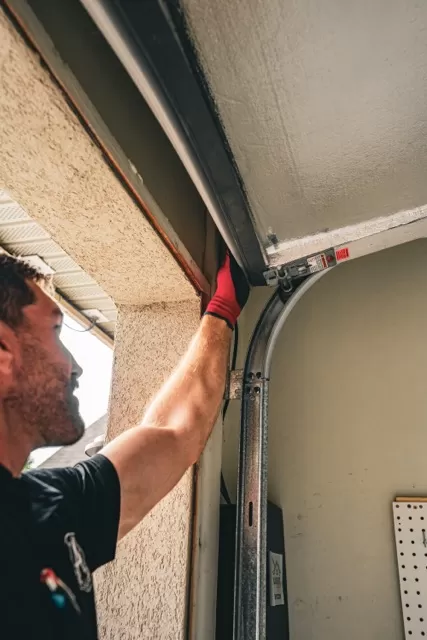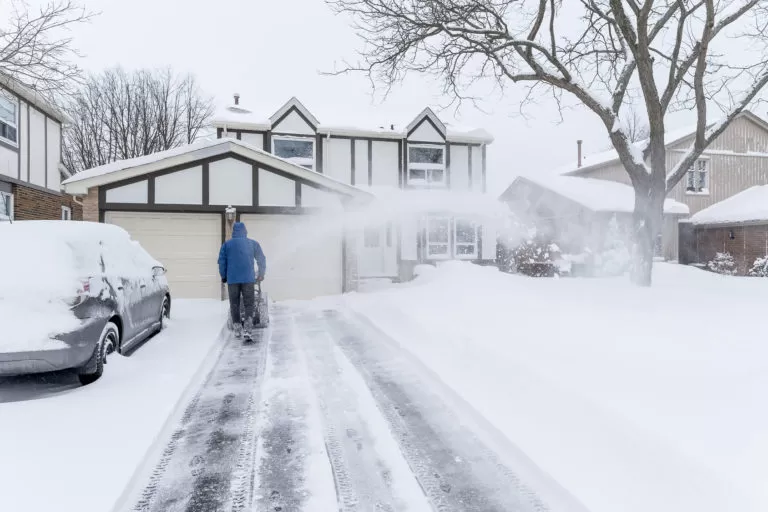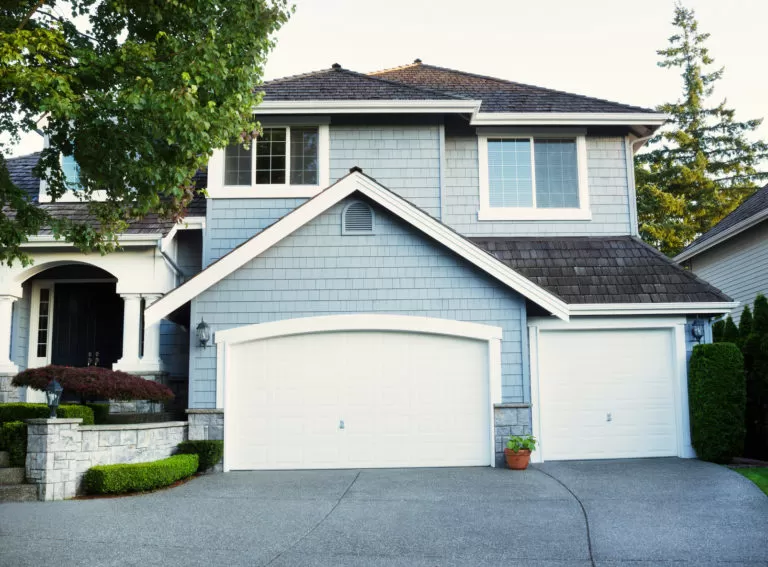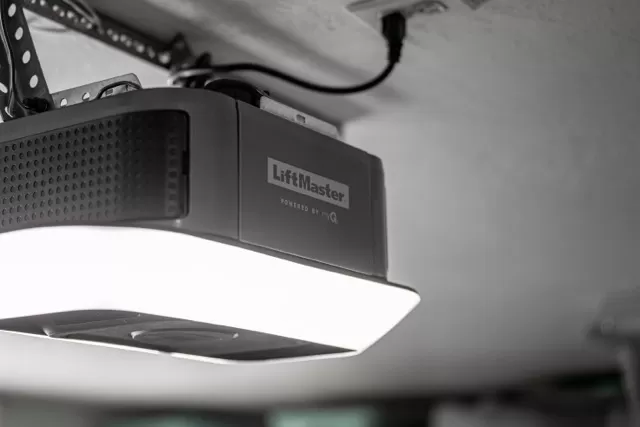Your garage door is one of those conveniences we often take for granted until it stops working. Whether you’re rushing off to work or returning home after a long day, encountering a garage door that won’t cooperate can be frustrating. But fear not! In this guide, we’ll walk you through some troubleshooting steps to help you diagnose and fix the problem, getting your garage door back in working order.
1. Look for Obstructions
Sometimes, the simplest explanation is the correct one. Inspect the area around your garage door for any obstructions that prevent it from closing fully. Common culprits include tools, toys, or debris that may have fallen into the door’s path. Remove any obstructions and try closing the door again.
2. Check the Safety Sensors
Modern garage doors have safety sensors near the bottom of the door tracks. These sensors are designed to detect objects or obstructions in the door’s path and prevent it from closing to avoid accidents. If something is blocking the sensors or they are misaligned, your garage door may not close properly. Inspect the sensors to ensure they are clean and properly aligned. If necessary, adjust their position and test the door again.
3. Test the Wall Control
If your garage door doesn’t close with the remote control, try using the wall-mounted button or keypad inside the garage. Begin by pressing and holding the interior wall station button, maintaining steady pressure until the door closes. If the door closes using the wall-mounted controls but not the remote, the problem may lie with the remote control itself. Replace the batteries in the remote and try again. If the issue persists, you may need to reprogram or replace the remote. If the garage door remote is not to blame, the culprit is likely the safety sensor. Moisture or power surges can cause short circuits in the electrical circuit boards within the photo safety sensors.
4. Check the Power Source
Garage door openers require electricity, so if your garage door isn’t closing, try checking the power source. Ensure that the opener is plugged in securely and that the outlet has power. If the opener is hardwired, check the circuit breaker or fuse box to ensure the circuit hasn’t been tripped. If the opener is receiving power but still isn’t working, there may be an issue with the opener itself, and you may need to call a professional for further assistance.
5. Utilize the Manual Release Cord
Most garage door openers have a manual release cord or handle, typically a bright color, that disengages the door from the opener. Pulling this cord allows you to operate the door manually. If all else fails and your door won’t close electronically, pull the manual release cord and carefully lift the garage door by hand until it’s fully closed. Be cautious when doing this, as garage doors can be heavy.

6. Call a Professional
If you’ve tried the above steps and your garage door still won’t close, it may be time to call the professionals at A Plus Garage Doors. There could be underlying issues with the door mechanism, springs, or opener that require expert attention. Attempting to fix complex garage door problems without the proper knowledge and tools can be dangerous. Trained technicians at A Plus Garage Doors have the expertise to diagnose and repair the issue safely and efficiently
A garage door that won’t close can be a frustrating inconvenience, but with some troubleshooting and basic maintenance, you can often diagnose and fix the problem yourself. By following the steps outlined in this guide, you can identify the cause of your garage door issue and take the appropriate action to get it working properly. If you encounter a problem you’re unable to fix on your own, don’t hesitate to contact a professional A Plus Garage Door technician for assistance. With a little patience and know-how, your garage door will start closing smoothly in no time.





